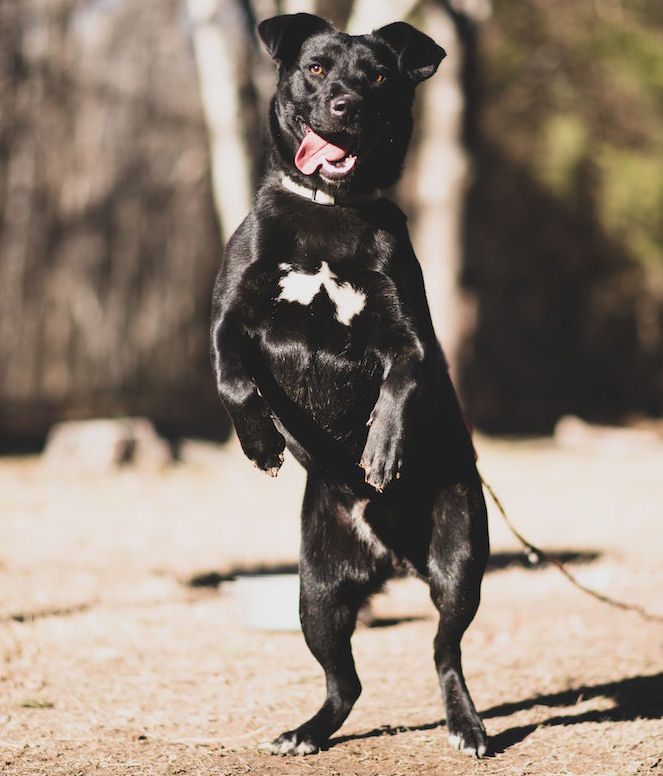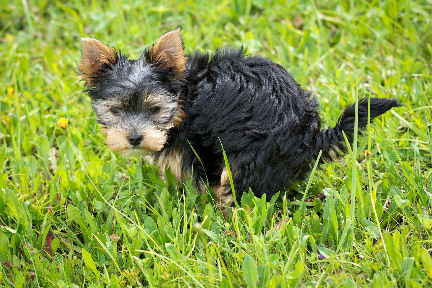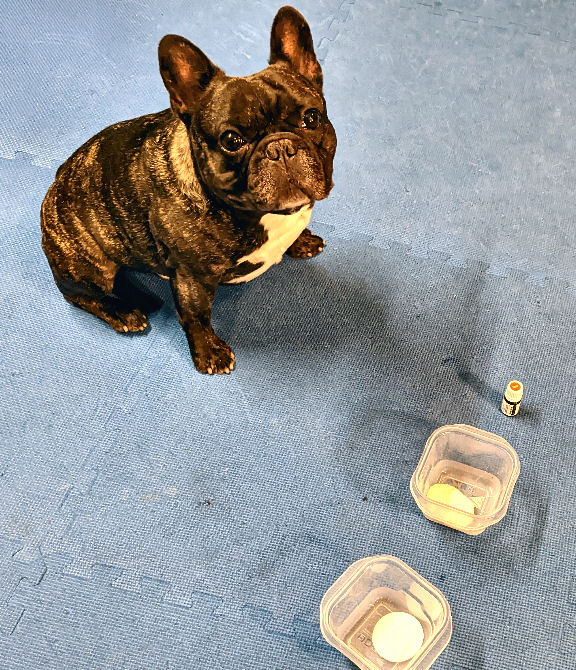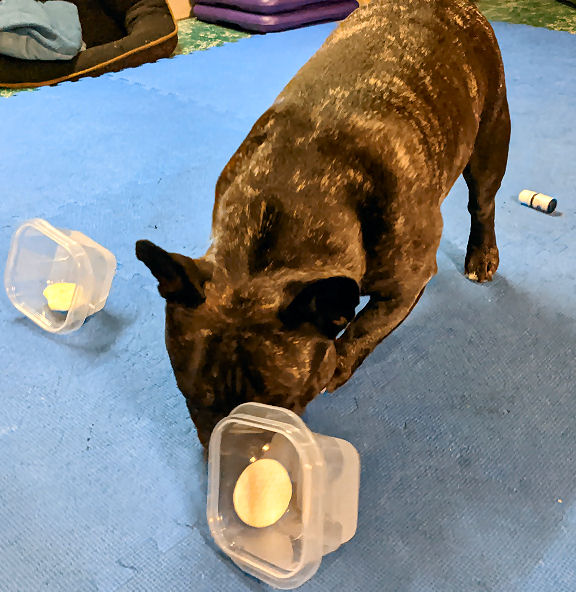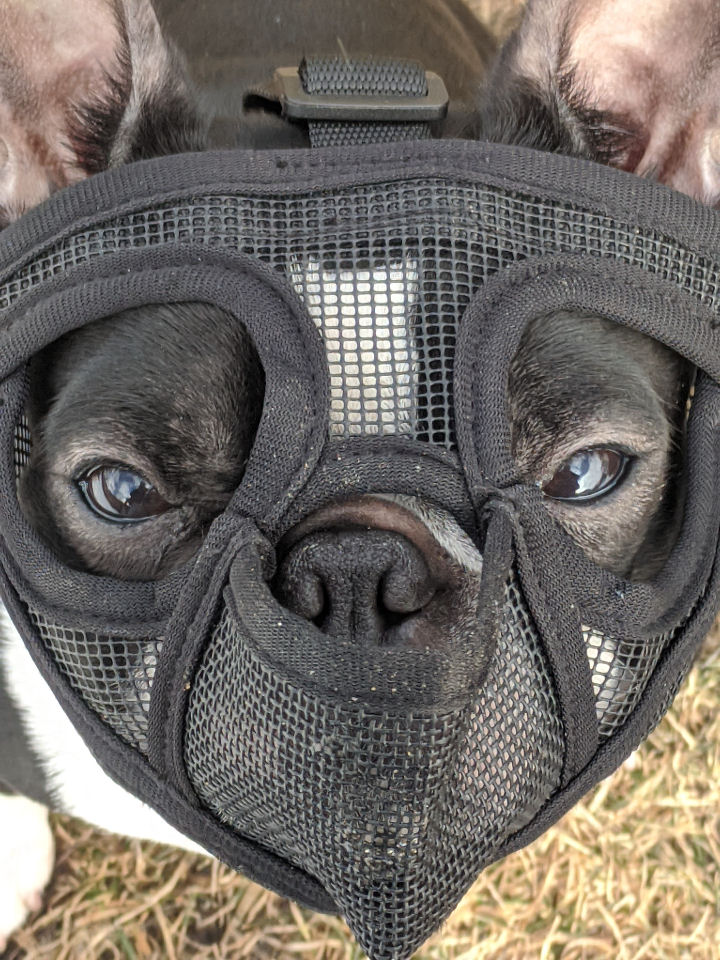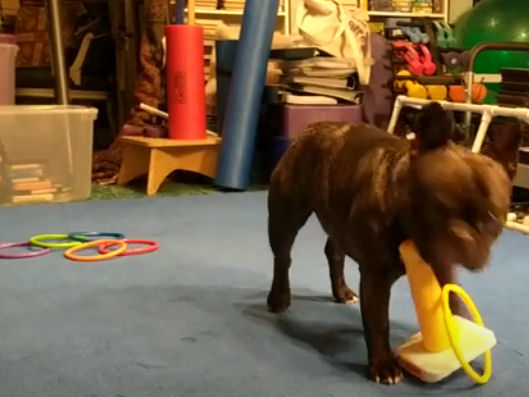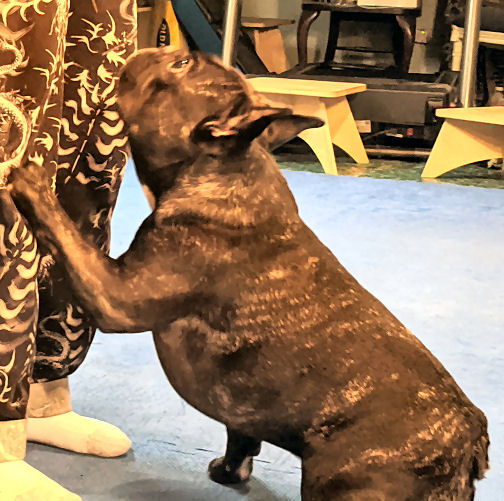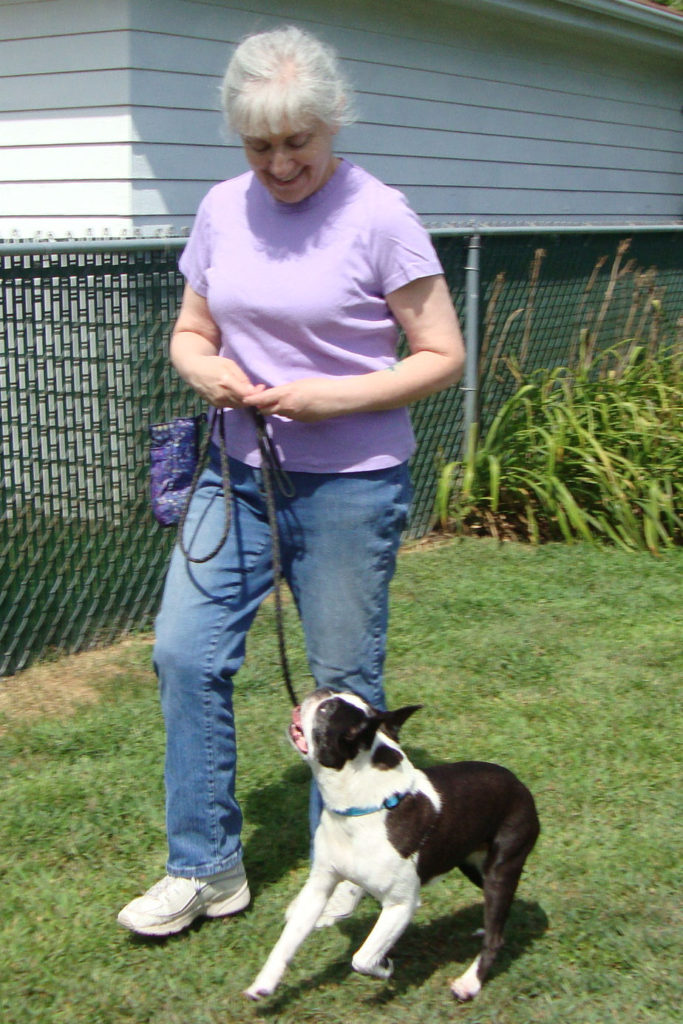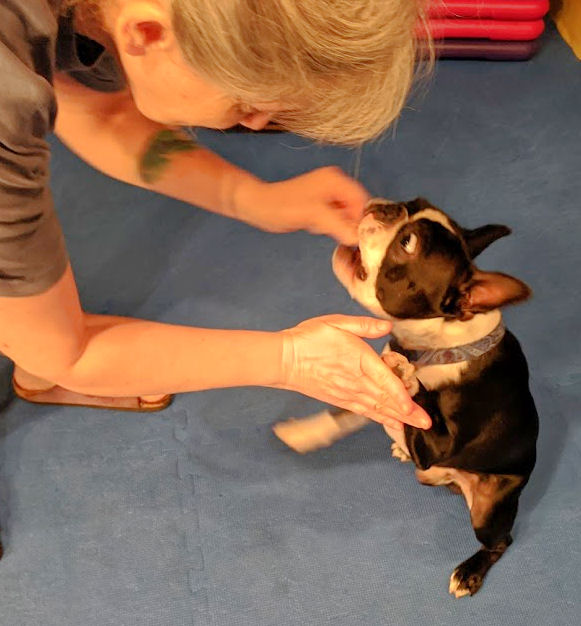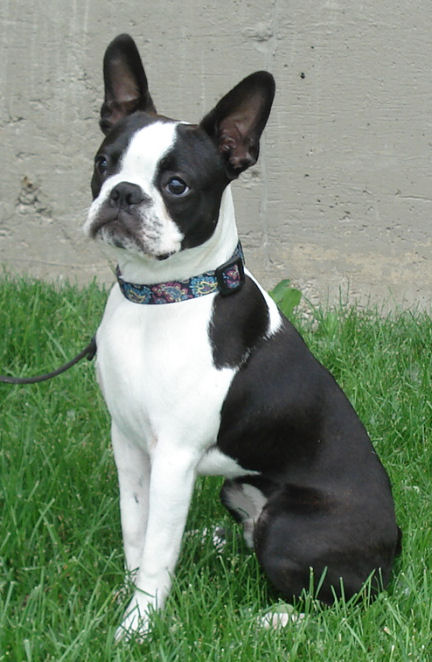Ever been tempted by the ads for in-ground electric fences that will keep your dog “safely” in your yard? Did you know it’s advertising dog tasers?
Did you hear Hope’s head explode this week? It happened on Monday when she was following up with a new student in her Manners/Obedience class. The person asked “Can you explain to me what’s aversive about an electric dog fence?” (She used the trademarked brand name.)
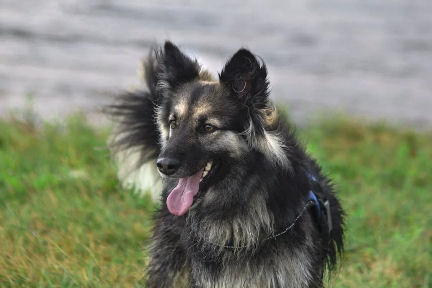
Really? Seriously? Stick a collar on your dog with metal spikes facing his neck, turn it on, and you have the equivalent of a taser aimed at your dog. And that taser goes off with the press of a button.
After Hope picked her jaw up off the floor, she explained that administering an electric shock is a painful punishment that relies on fear. At this point, the student said the company installing / training her new fence had modified its methods. This time, they didn’t run the dog through the fence to train it. OMG!
Think about it
When a company has in its FAQs on its website that its product doesn’t really hurt the animal, something’s wrong. “The correction from a (collar) may be uncomfortable and startling to your pet, it will not hurt them. Many pets only feel the correction once or twice and don’t challenge the system afterwards.” The reason the pet doesn’t challenge the system is because it’s afraid of being zapped again. Fool me once, shame on you. Fool me twice, shame on me.
Anything that causes your dog pain, fear, or “discomfort” is an aversive. And that’s not even the worst part of electronic fences. The worst part is that, in the heat of a chase, your dog may barrel through the barrier and not care, hyped up on adrenaline. And then, when the excitement subsides, they can’t get back into the yard without getting zapped. So they don’t.
Careful marketing
We see ads all the time for different products that promise to instantly solve dog problems; barking, pulling, jumping, chewing. All of them claim not to hurt the dog. They’re all liars.
There are no fast and easy “fixes” for dog behavior. Anything that promises an instant fix relies on doing something the dog doesn’t like. Sometimes it’s unavoidable. But at least look for something that adheres to the LIMA philosophy of “least intrusive, minimally aversive.” Dogs don’t necessarily love the no-pull harness that we carry in our shop. But it doesn’t cause long-term damage to the dog’s shoulders, as front-attaching harnesses do. And using it doesn’t cause discomfort or “startle” the dog. They may not like being drawn in a different direction (toward you), but it doesn’t cause them pain.
The air-horn type devices that are marketed to stop barking, the “silent” correctors – these are all aversives designed to stop some dog behavior. But all of them rely on you having the controller and being willing to “startle” your dog. None of them teach the dog anything but to be afraid of the thing. And possibly afraid of you. (We’ve written before that dog training shouldn’t hurt. And all dog training should strengthen the bond you have with your dog.)
Make a difference
You love your dog. Why on earth would you want to do something that causes them pain? Or even “discomfort?” Especially when there are other means that not only work better, but are actually fun for both of you? Positive reinforcement training does take time. Hopefully, you and your dog have a lifetime to play together. Make the most of it. Do it with kindness, and fun.

